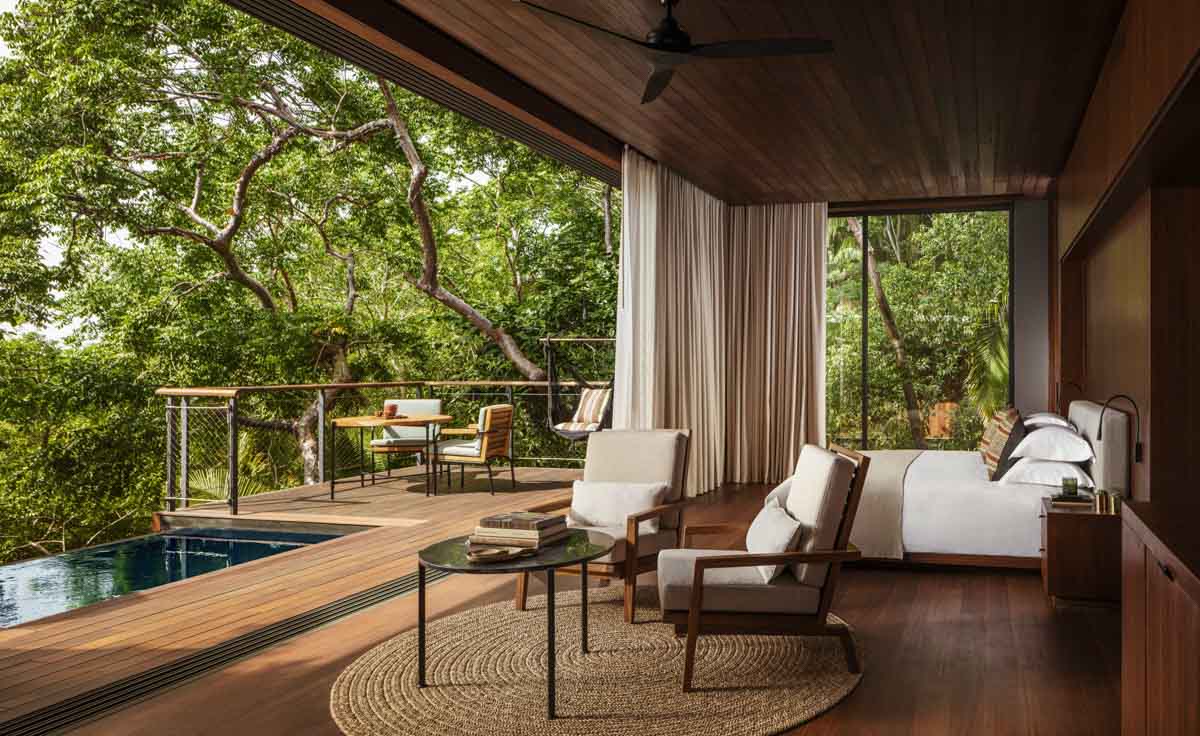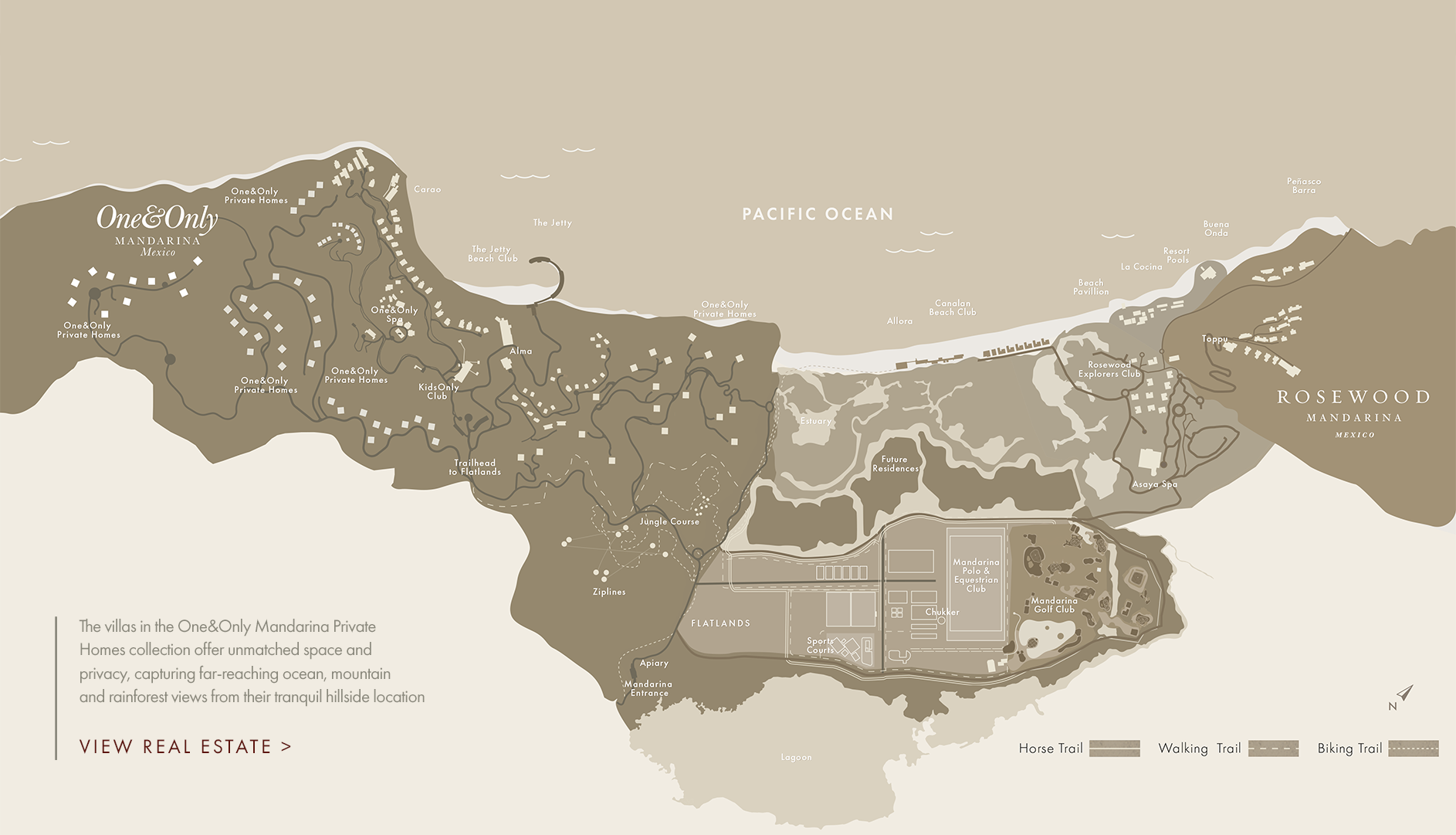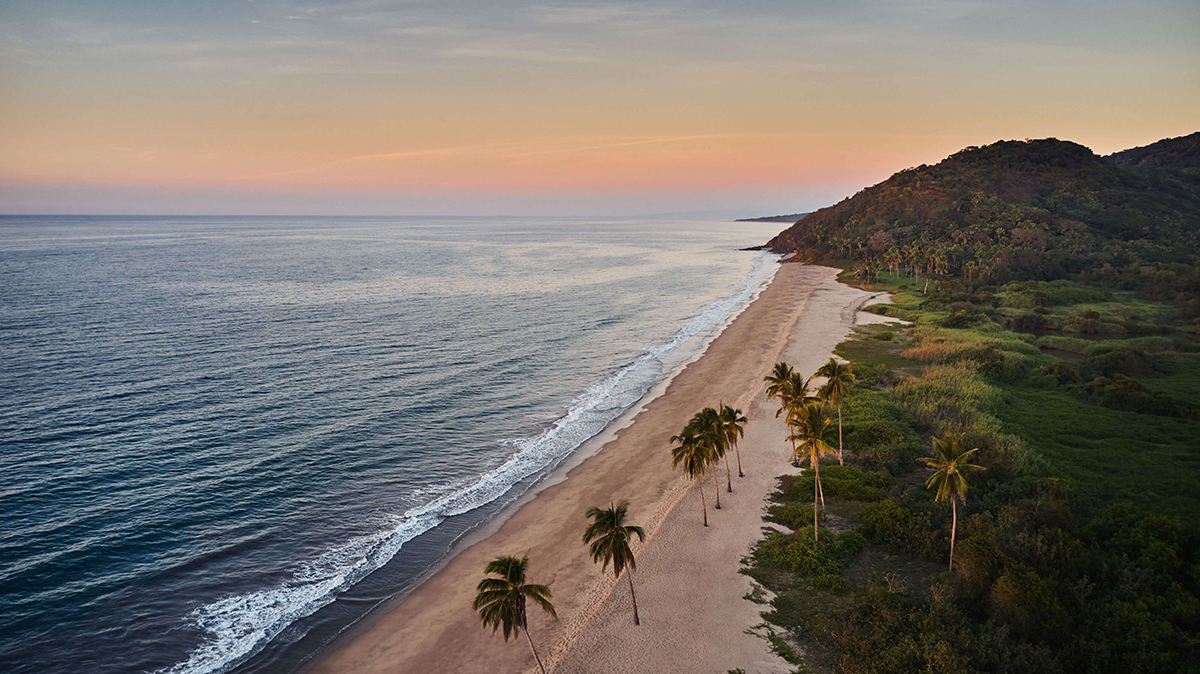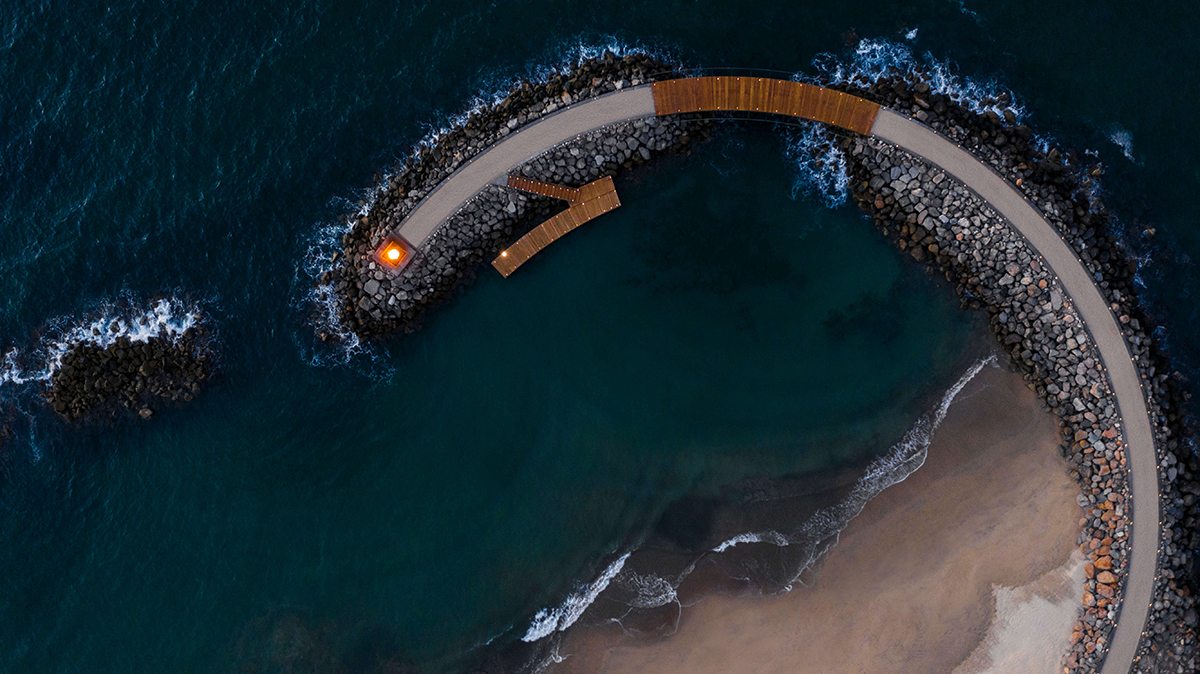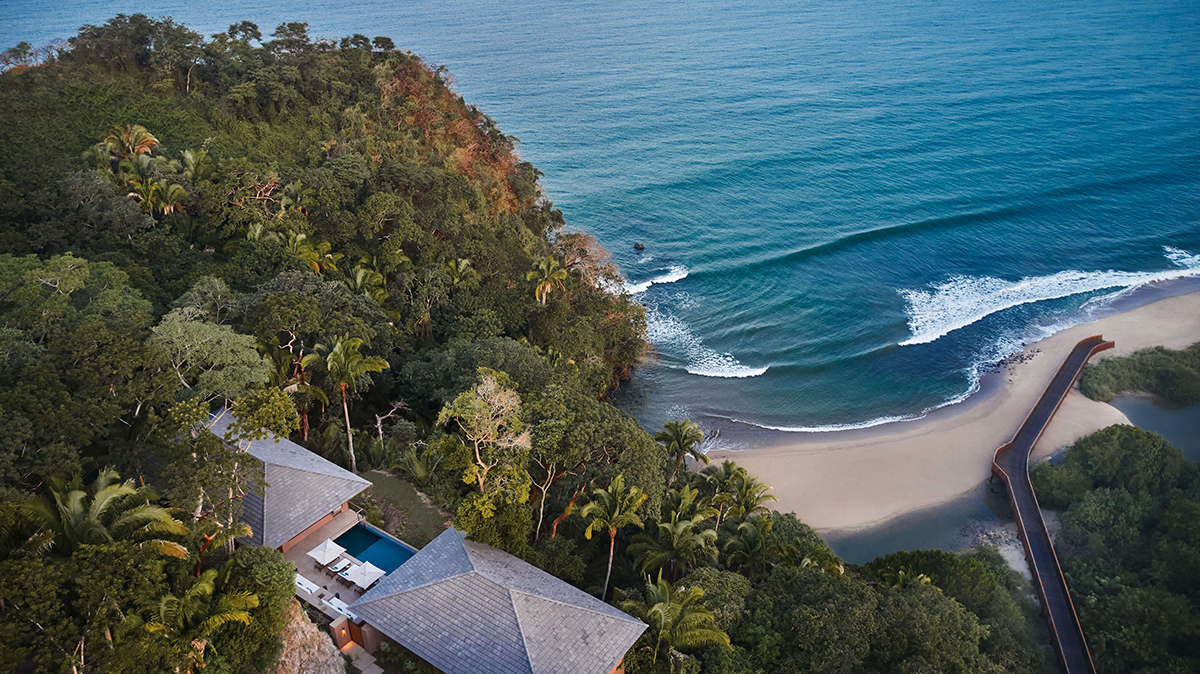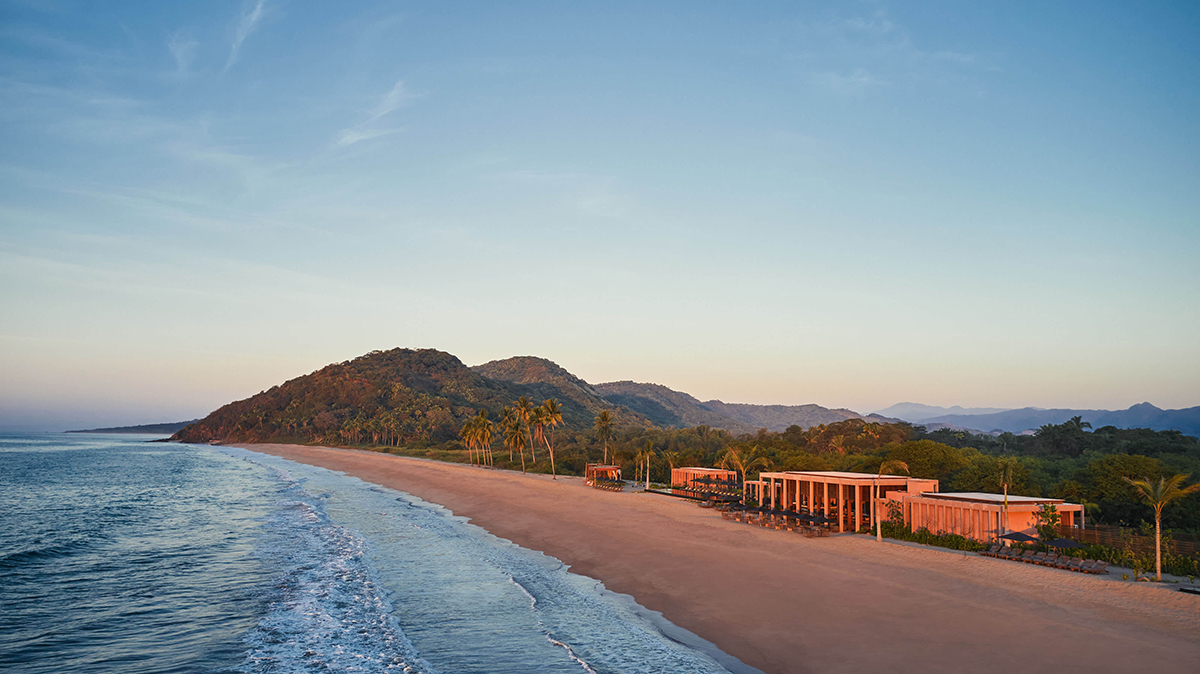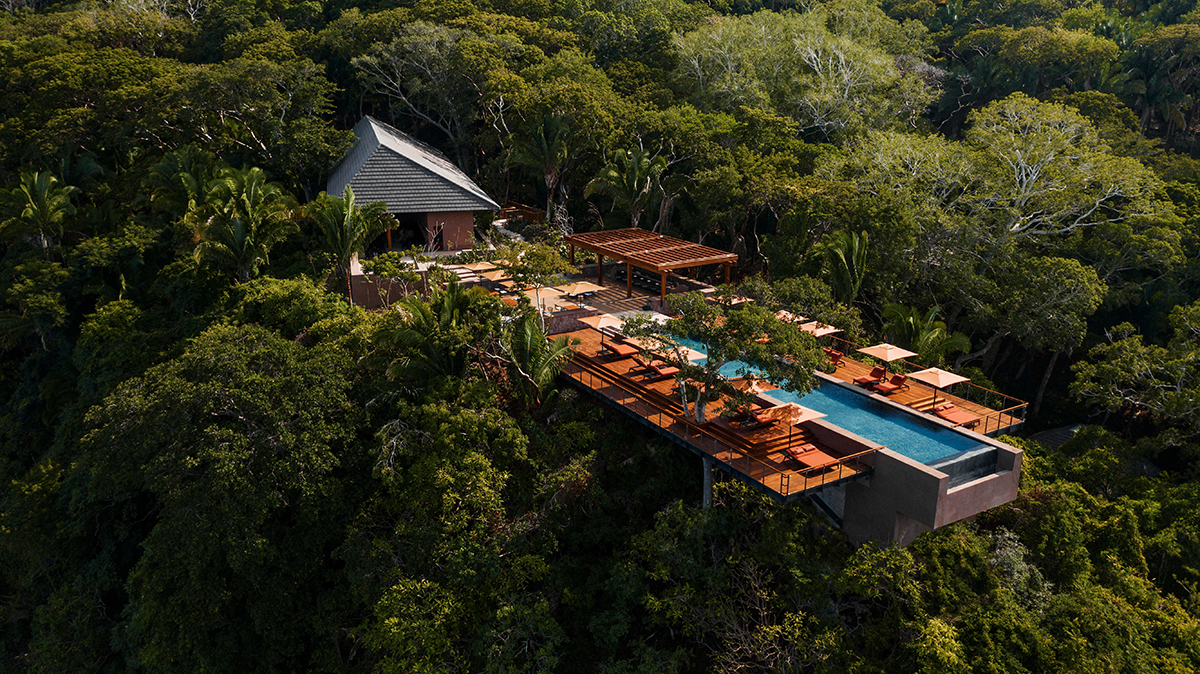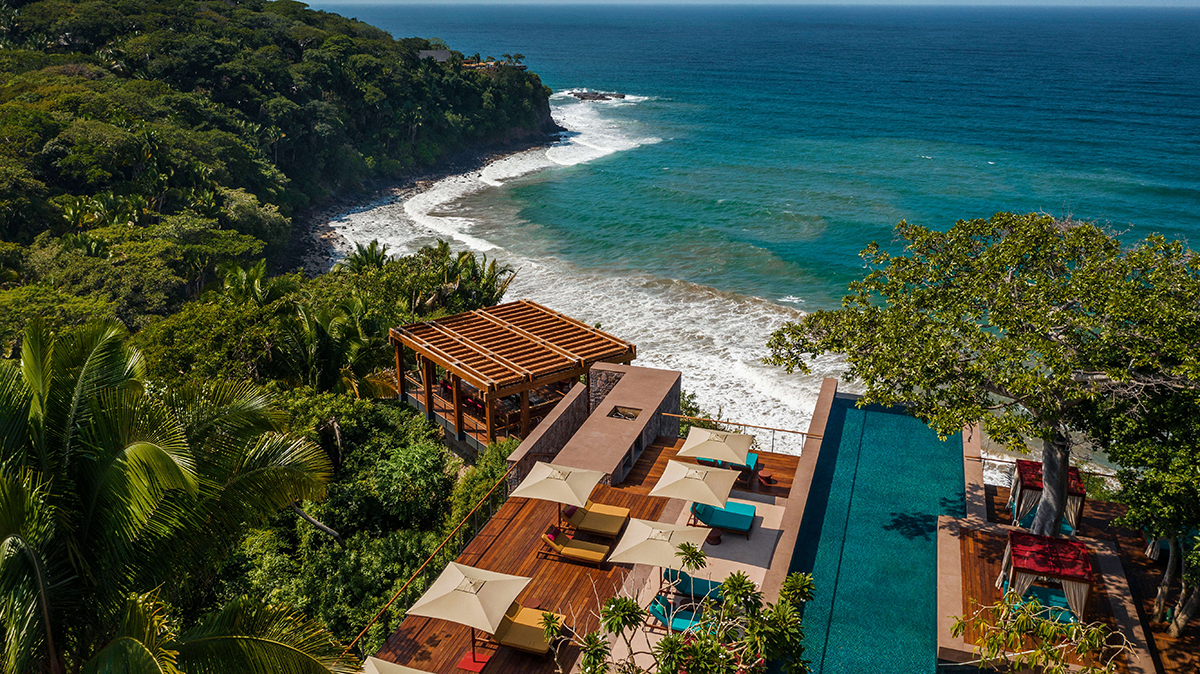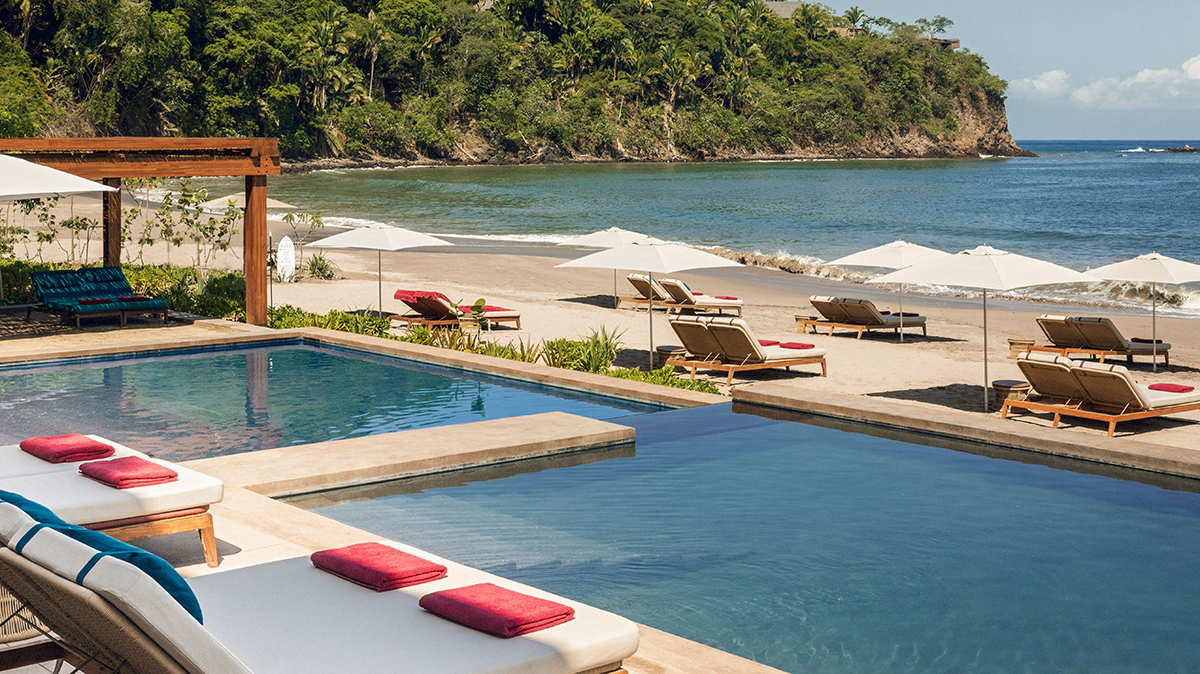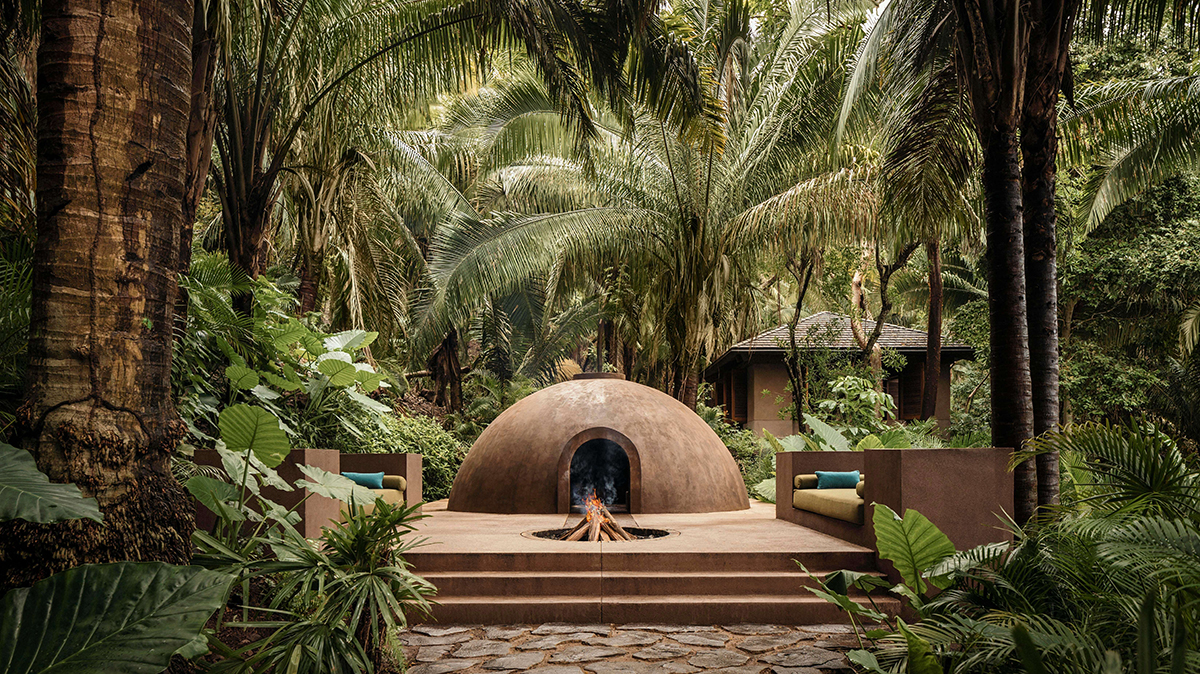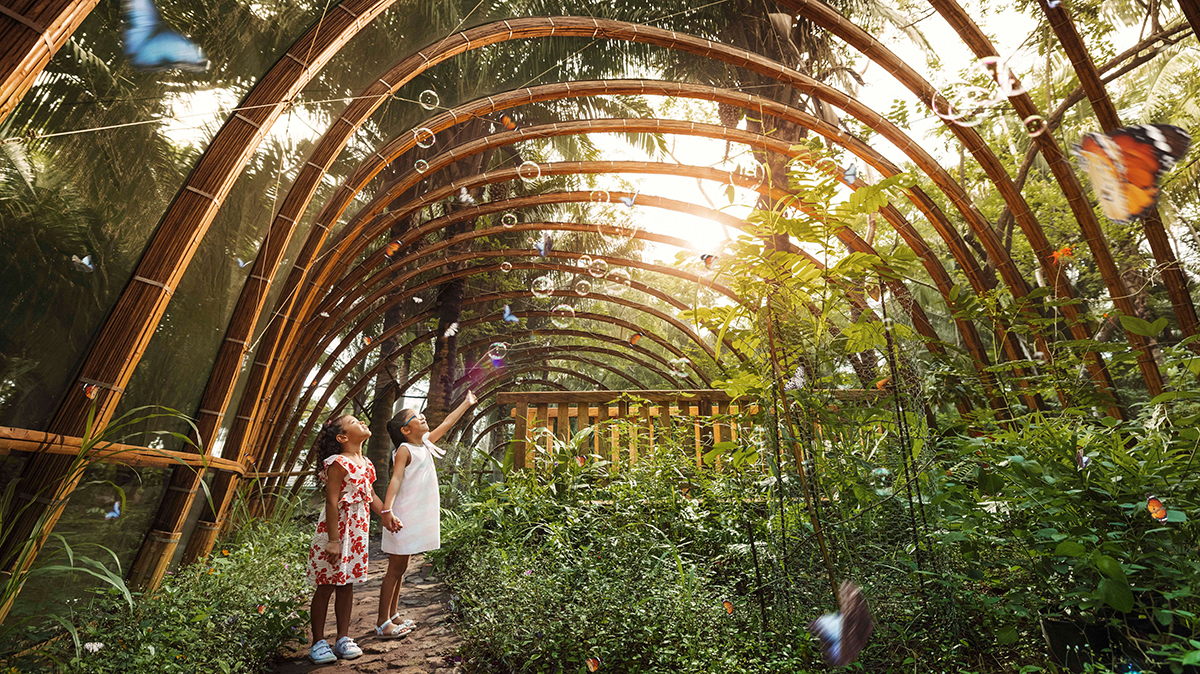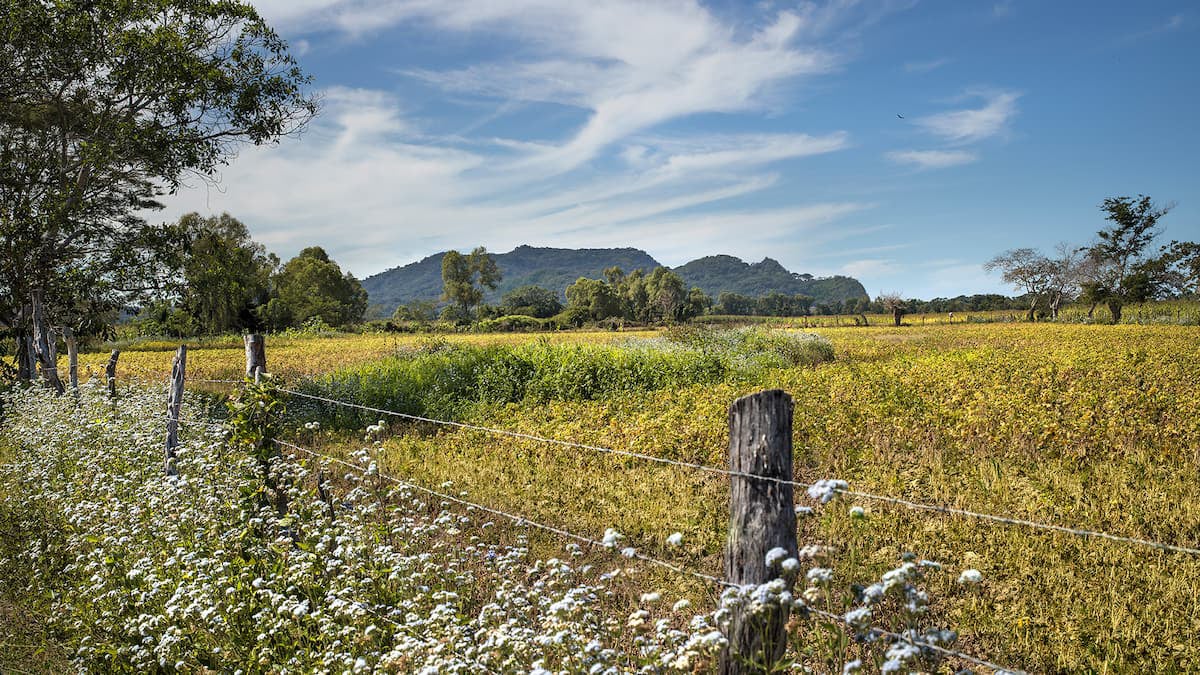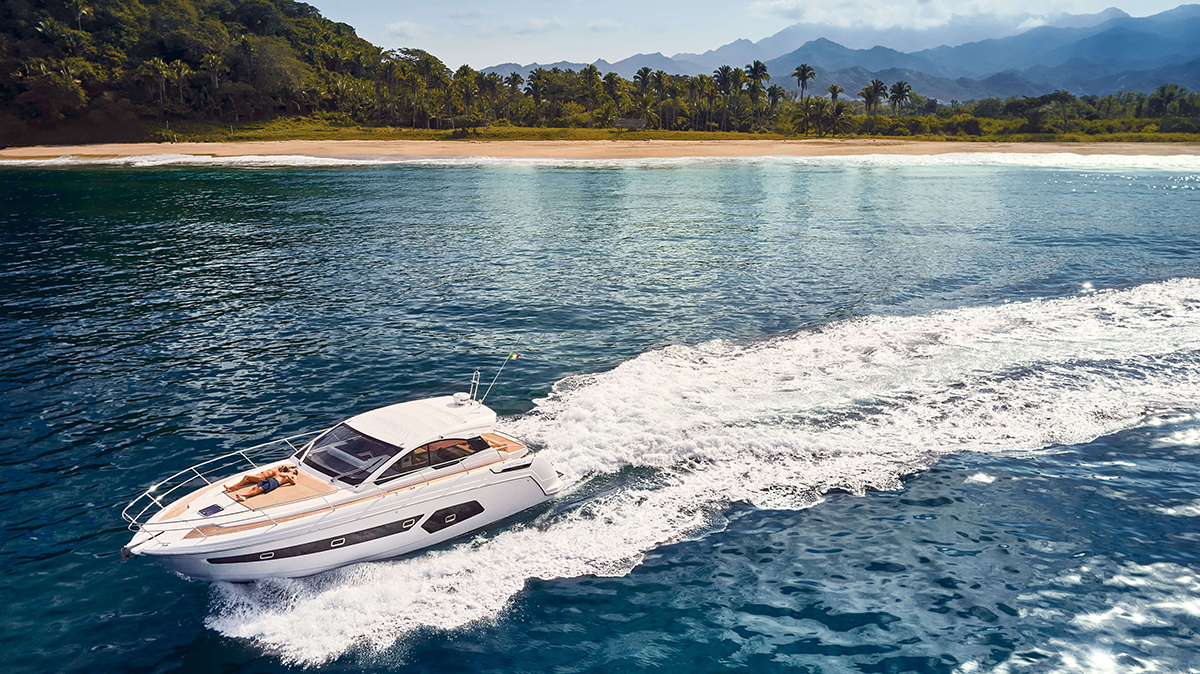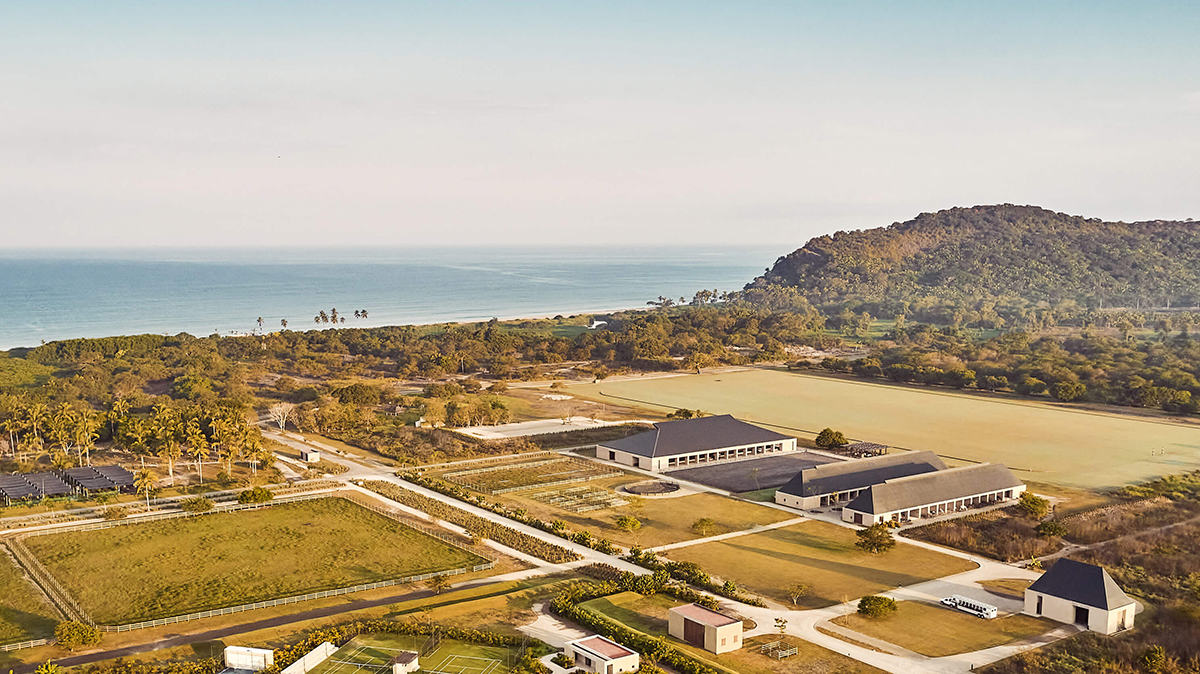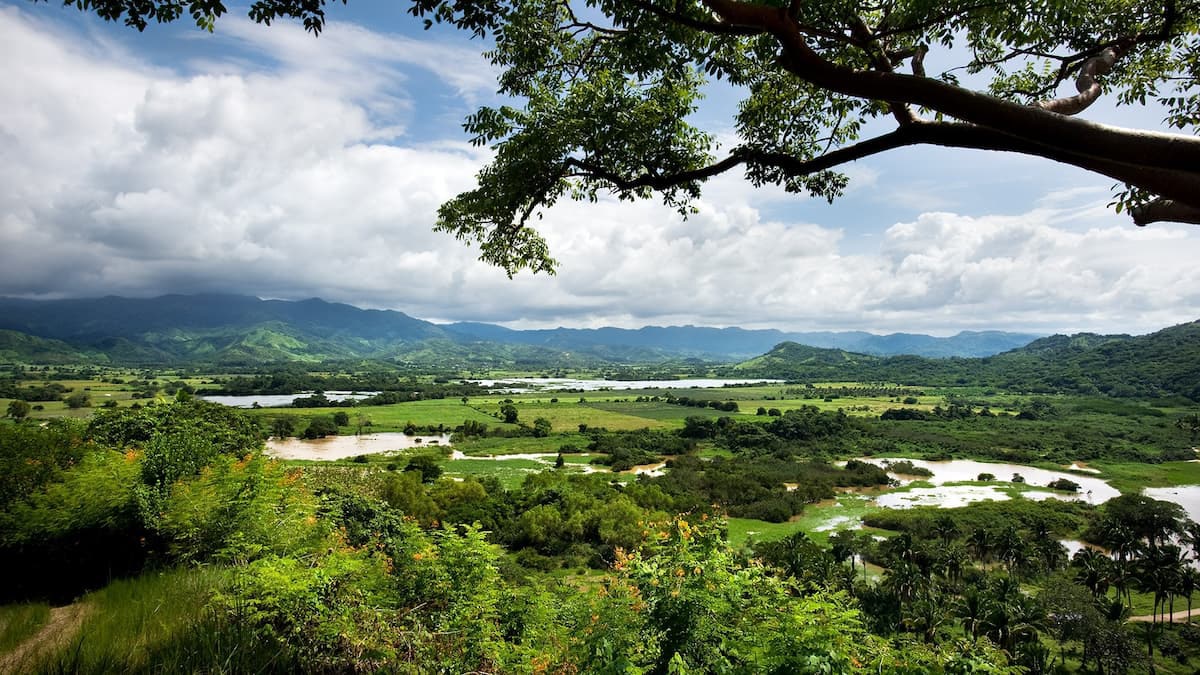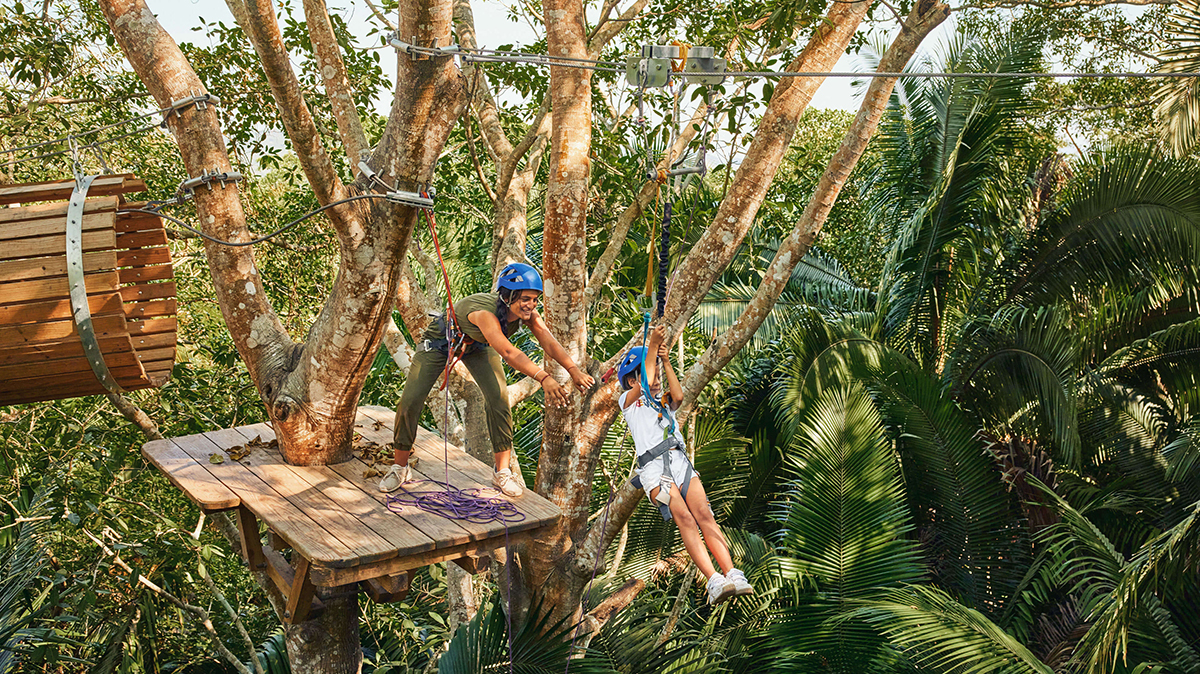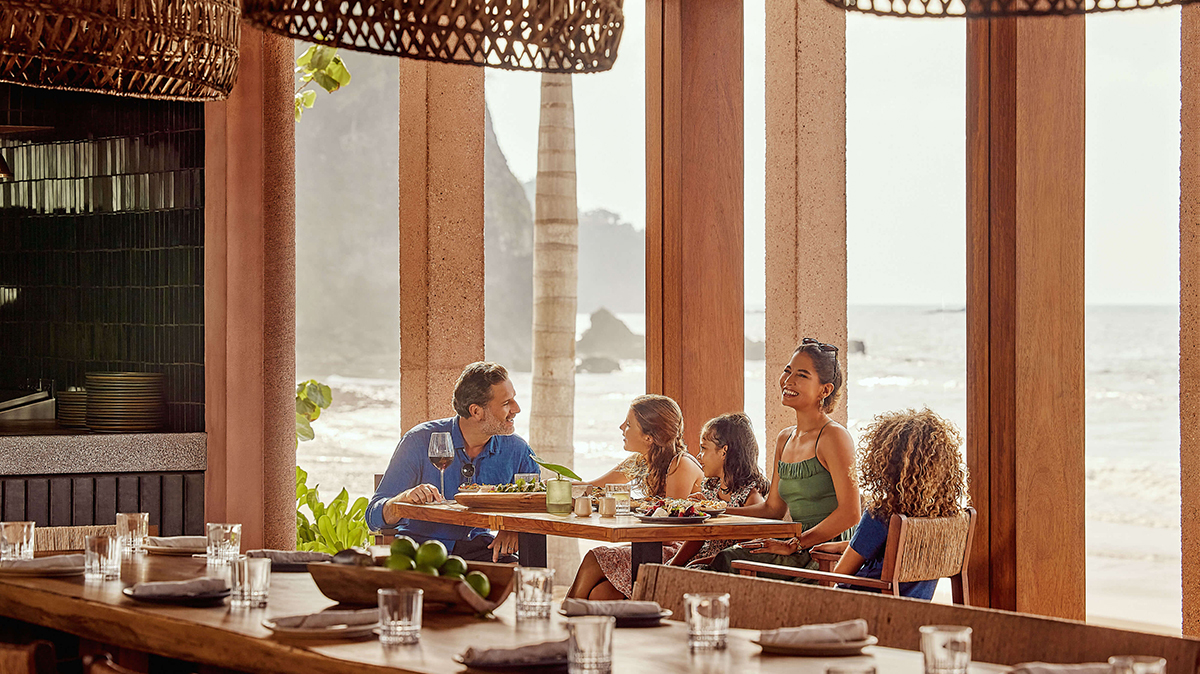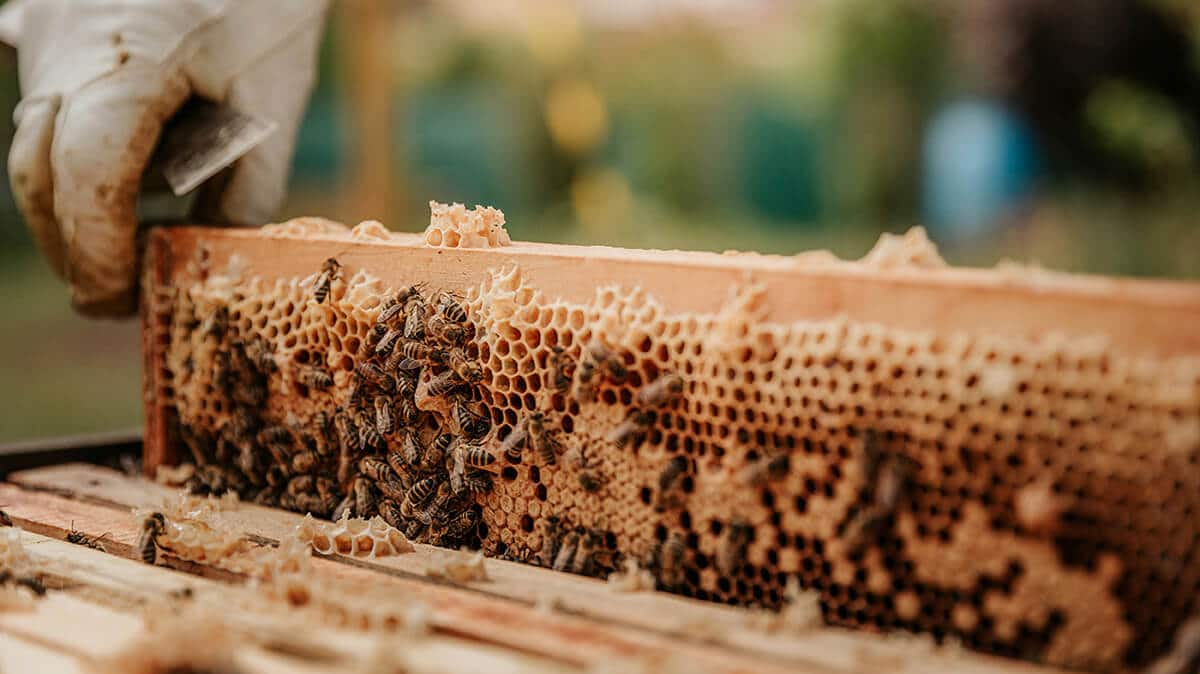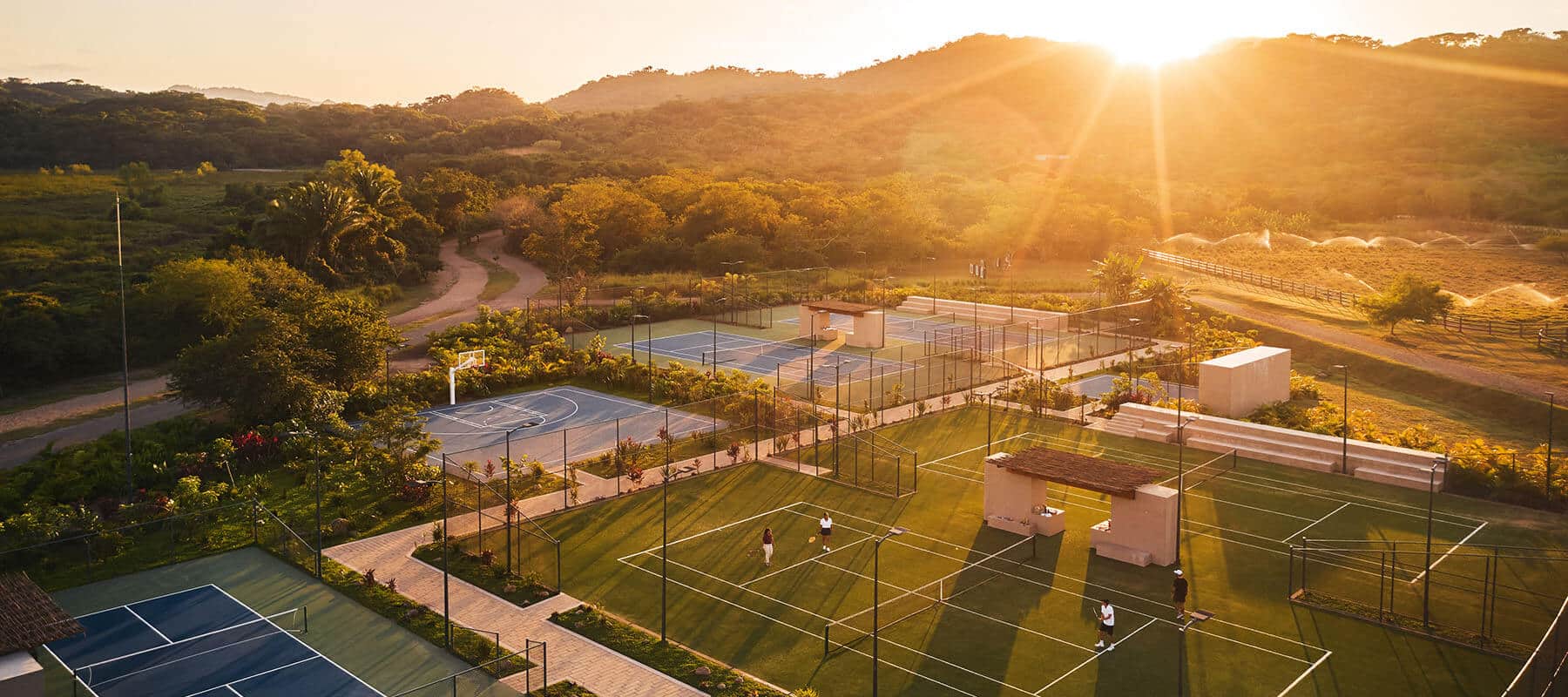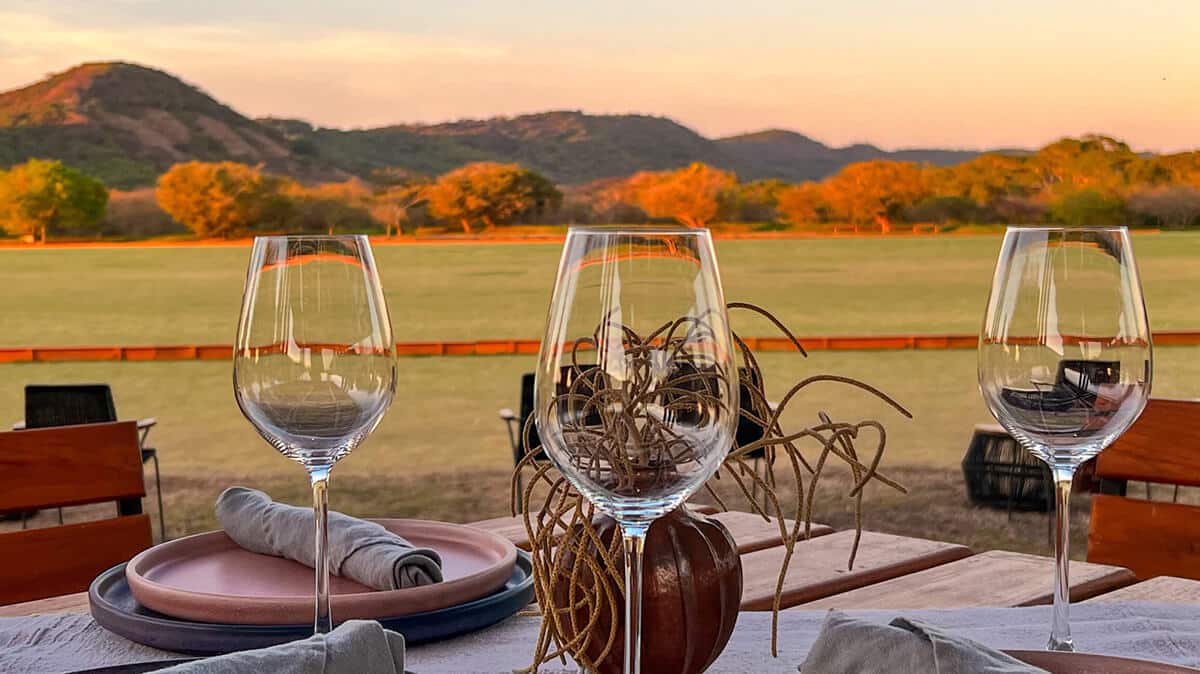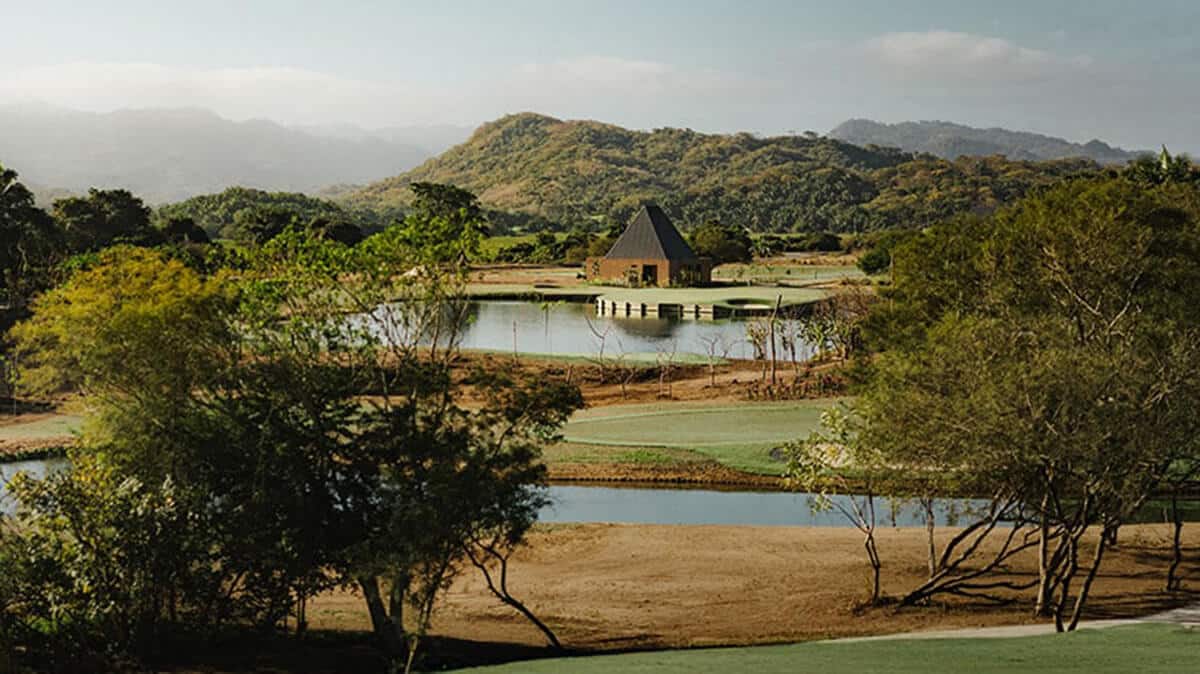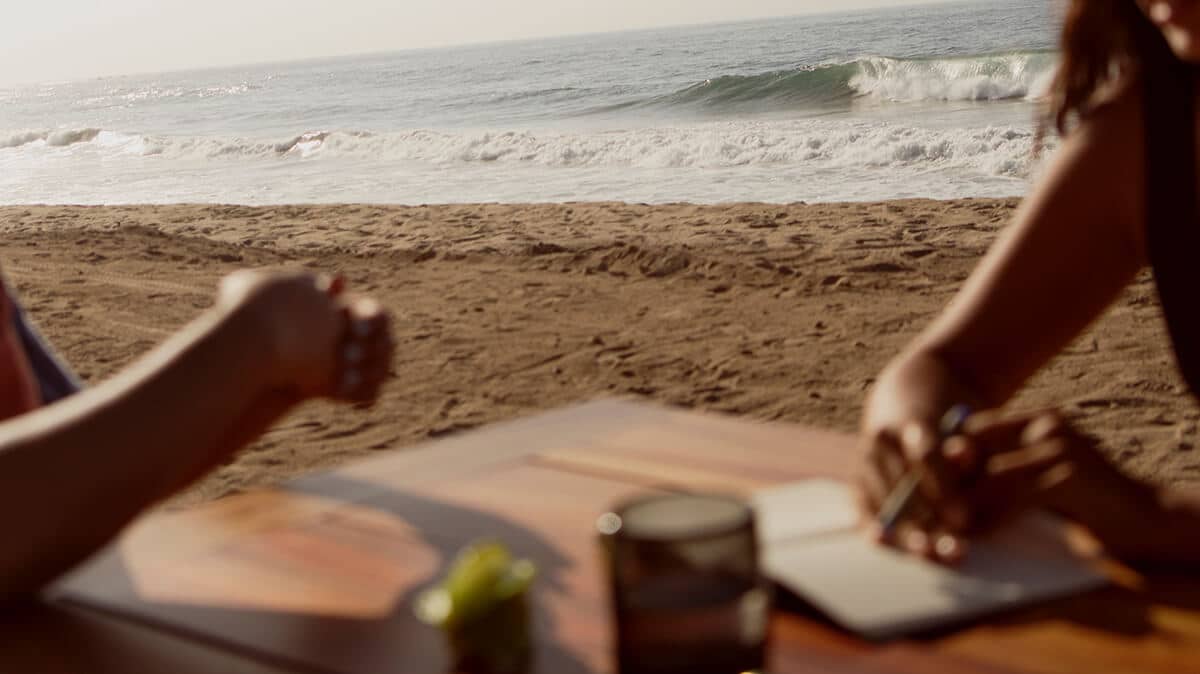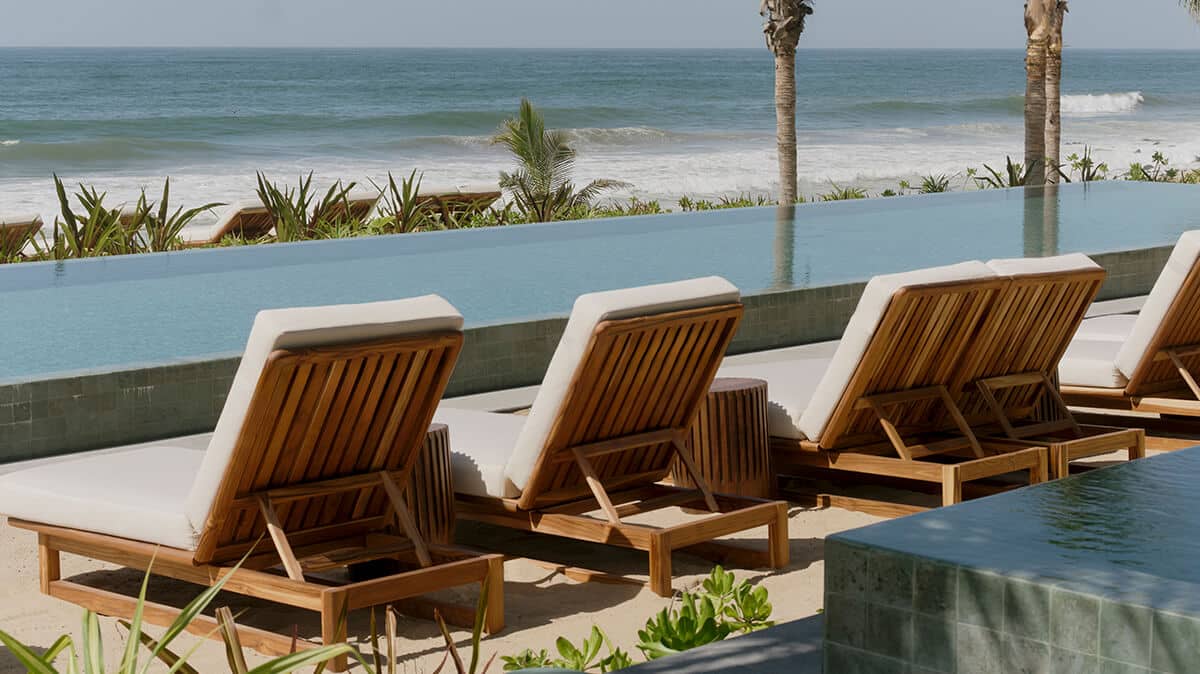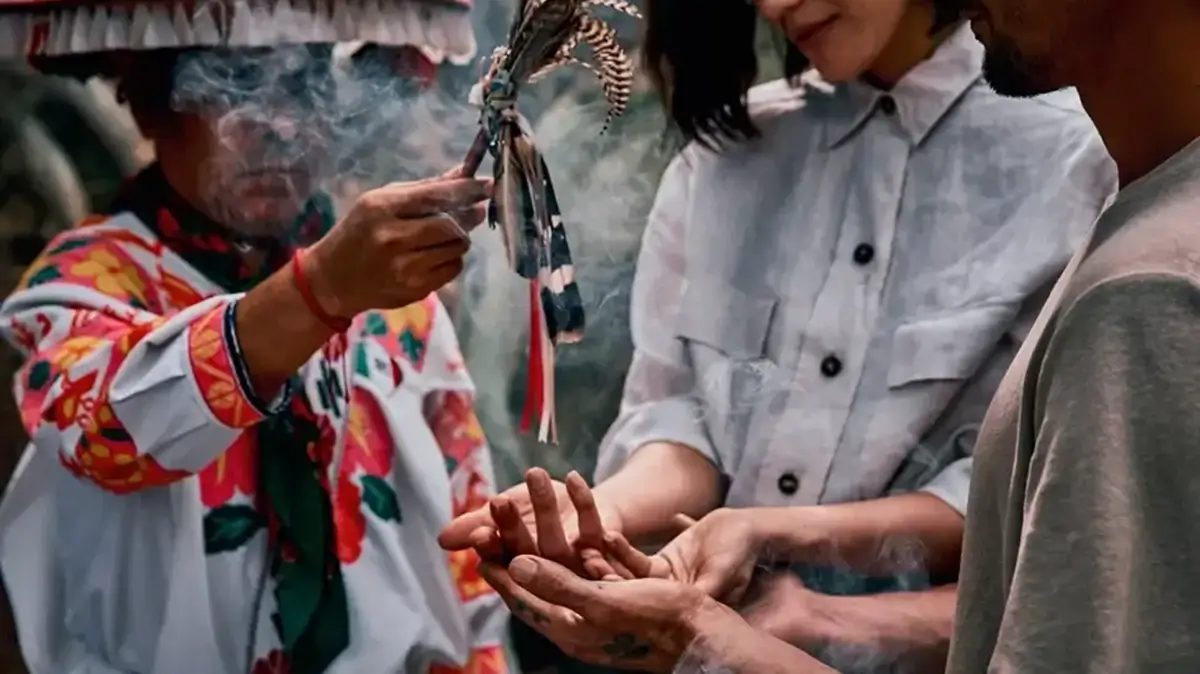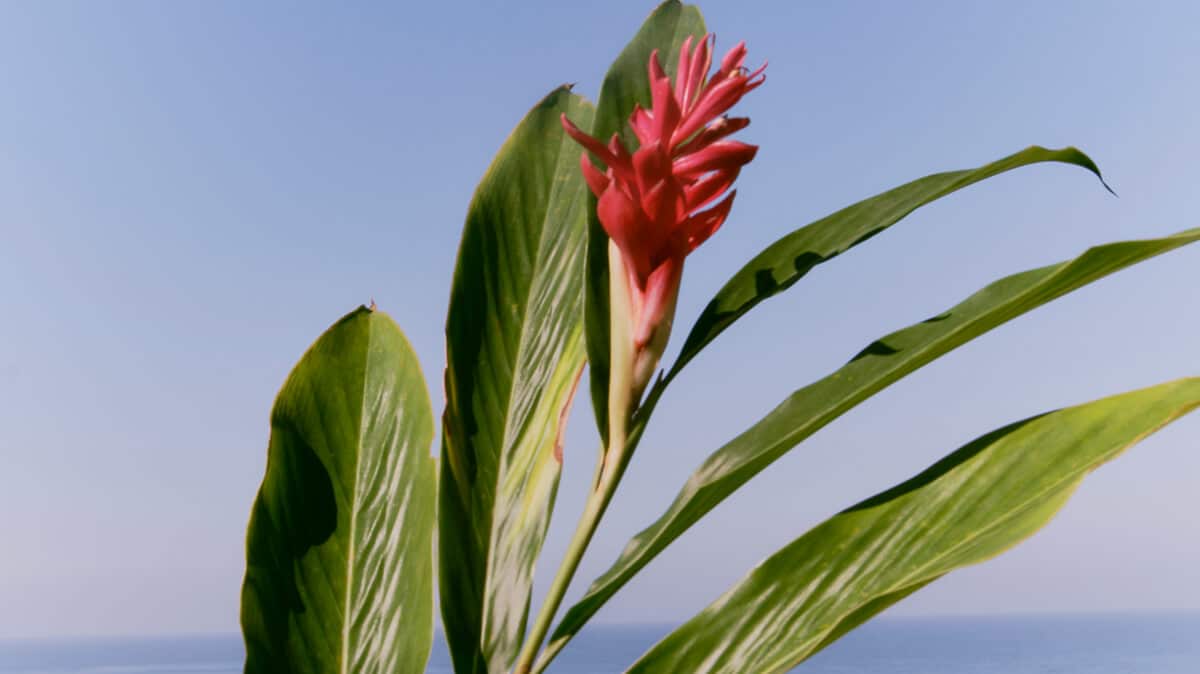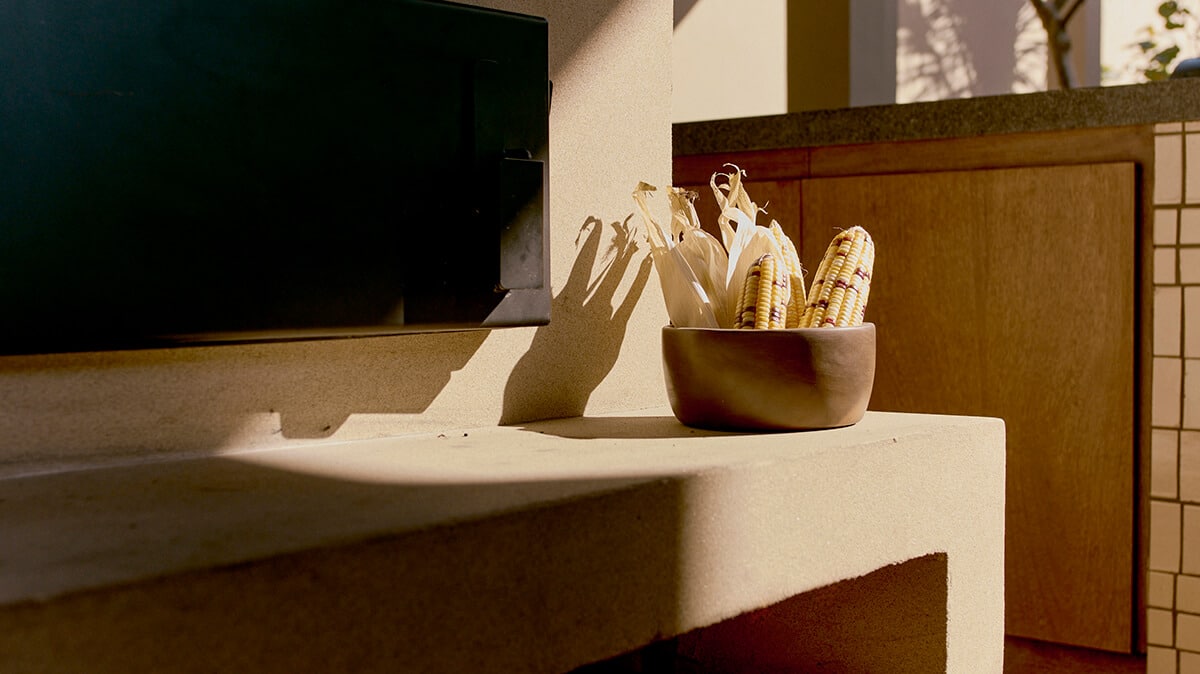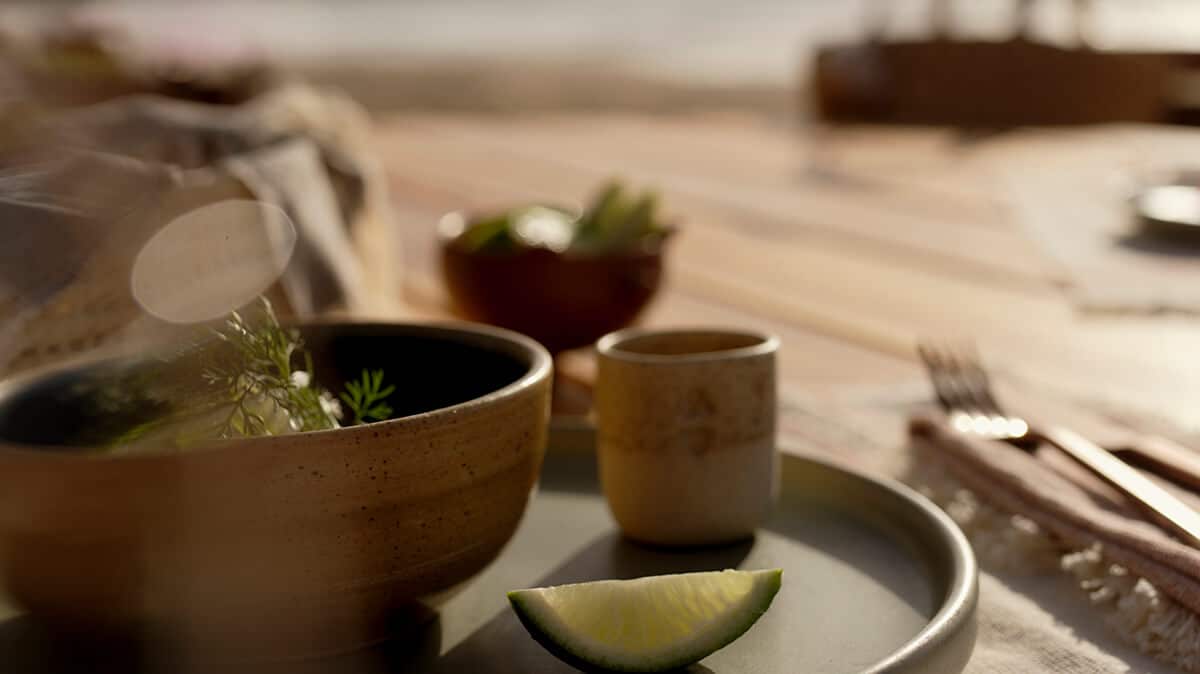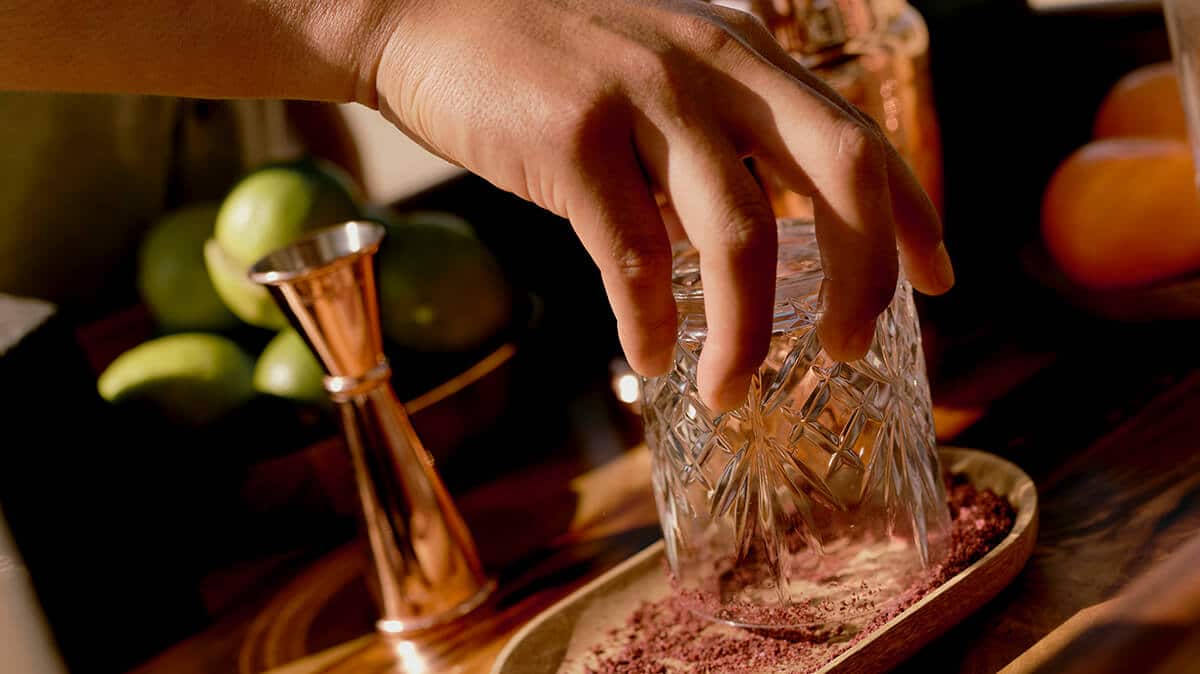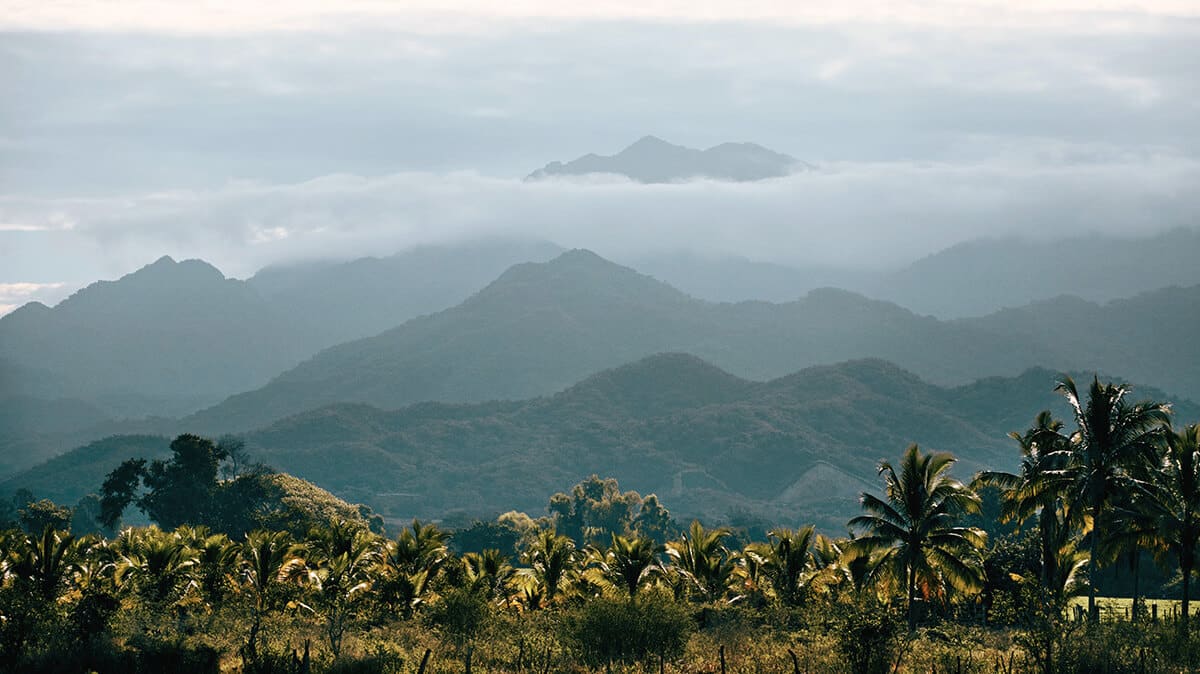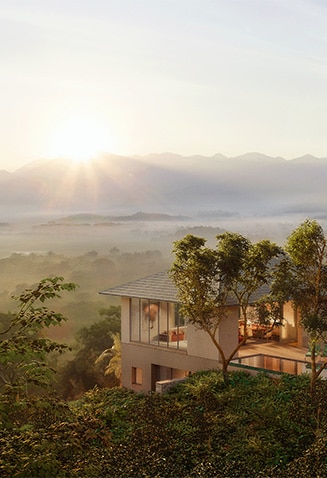Privacy Policy
In compliance with the provisions of the Federal Law on Protection of Personal Data Held by Private Parties, we allow ourselves to inform you of the following:
RESPONSIBLE FOR PERSONAL DATA. “RLH Properties, SAB de CV” (hereinafter referred to as “RLH PROPERTIES”) by itself or through any of the commercial companies that are its controllers, subsidiaries or affiliates, with address at Av. Paseo de la Reforma 412, Piso 21, Colonia Juárez, Delegación Cuauhtémoc, CP 06600, Mexico City, has the conviction to protect personal information (hereinafter “Personal Data”) that deals with natural persons (hereinafter “the Holder”), and is responsible for its Treatment whether it is collected through the Internet site www.rlhproperties.mx or other sites operated by the person in charge (hereinafter the “Site”), or printed media and/or by telephone (hereinafter “Other Media”).
PURPOSES OF TREATMENT. RLH PROPERTIES may request and/or collect through the Site and Other Means, Personal Data of the Owner with the primary purpose of being able to comply with the requests or legal or contractual obligations that, if applicable, link it to the Owner, or well, when requested by competent authorities (hereinafter “Treatment”). RLH PROPERTIES and/or any person in charge that comes to intervene in any phase of the Processing of Personal Data, will keep confidentiality with respect to them and will treat them in accordance with the instructions of the person in charge and this privacy notice, in accordance with the legal provisions applicable in the United Mexican States (hereinafter “Mexico”).
PERSONAL DATA PROCESSED. The Personal Data requested from the Holder are: • Name • Email • Telephone The Holder will not be able to access the services for which his Personal Data is required when these are not provided, however he will be able to have access to the other Services that do not require them. Depending on the type of legal relationship that links the Owner with RLH PROPERTIES, the latter may process additional personal information that, if applicable, will be identified at the time of its collection and/or treatment. In any case, except prior warning in another sense, the terms of this notice will also apply to the treatment of it.
CONSENT. The entry and/or registration through the Site and/or by Other Means implies the consent of the Owner for the Treatment of their Personal Data in accordance with this Privacy Notice.
MEANS TO LIMIT THE USE OR DISCLOSURE OF PERSONAL DATA. RLH PROPERTIES has physical, technical and administrative security measures for the protection of the Personal Data that the Holder deals with. Notwithstanding what is stated in the Consent section, RLH PROPERTIES will take the actions, measures and special provisions that it deems necessary, in order to safeguard the right to protection of Personal Data of minors and incapable persons. If you wish to stop receiving promotional messages via email and/or in print and/or by telephone from RLH PROPERTIES, you can request it through: info@rlhproperties.com.mx.
SITE EXCLUSION OF LIABILITY. The Site may contain hyperlinks or hypertext “links”, banners, buttons and/or search tools on the “World Wide Web” that, when used by the Owner, transport to other portals or Internet sites that may be owned by third parties. The Personal Data that the Holder may provide through these portals or Internet sites are not covered by this Privacy Notice and their Treatment is not the responsibility of RLH PROPERTIES. We recommend the Holder to verify the Privacy Notices displayed and applicable to these portals and Internet sites. The Owner may find within the Site, pages, promotions, microsites, virtual stores, surveys, job boards and other services that may be shared with third parties and that may request your Personal Data (hereinafter “Third Party Sites”). Any information related to the Personal Data that is provided through the Third-Party Sites will be subject to the respective privacy notices that are contained in each of them, unless RLH PROPERTIES indicates otherwise. RLH PROPERTIES warns its Owner that some Site services may include, but are not limited to, discussion forums, personal Internet pages, classified ads, emails, chat rooms, among others. Therefore, the Personal Data that is revealed through said means could in some cases be accessible by third parties. RLH PROPERTIES will not be responsible for the use, publication, disclosure and/or disclosure that is made regarding the Personal Data used, published, disclosed and/or disclosed through the aforementioned means. We recommend the Holder to be careful and responsible about all personal information provided in said media. disclosed and/or disclosed through the aforementioned means. We recommend the Holder to be careful and responsible about all personal information provided in said media. disclosed and/or disclosed through the aforementioned means. We recommend the Holder to be careful and responsible about all personal information provided in said media.
SUBMISSION OF PERSONAL DATA. RLH PROPERTIES may send the Owner’s Personal Data to those in charge, either inside or outside the country, including affiliated companies, subsidiaries and/or related to RLH PROPERTIES, to comply with the purposes of its treatment, and in its case legal provisions that thus require it, or when requested by competent authorities. Those in charge who receive the information related to the Personal Data of the Holder are obliged to comply with the provisions of this Privacy Notice, as well as with the Terms and Conditions of the Site and the applicable legislation in Mexico. In the event that RLH PROPERTIES transfers Personal Data to third parties, except for their opposition to this clause,
MEANS TO EXERCISE THE RIGHTS OF HOLDERS OF PERSONAL DATA AND REVOCATION OF CONSENT. The Owner may request the exercise of their rights to: • Access their Personal Data • Rectify their Personal Data when they are inaccurate or incomplete • Cancel their Personal Data; • Oppose the Processing of your Personal Data for legitimate reasons, and/or • Revoke your consent to the Processing of your Personal Data at any time, in order to stop using them. However, it is important that you keep in mind that not in all cases we will be able to attend to your request to cancel your Personal Data, oppose the Processing or revoke your consent, since it is possible that due to some legal obligation, we may require to continue processing your Personal Data. The Holder must consider that for certain purposes, the revocation of his consent will imply the suspension of the service or the conclusion of his relationship with RLH PROPERTIES. The exercise of the rights of Access, Rectification, Cancellation or Opposition of Personal Data and Revocation of consent made by the Holder must be made upon request to RLH PROPERTIES and contain at least the following: • The name of the holder, address and email to communicate the response to your request; • The documents proving the identity or, where appropriate, the legal representation of the owner; • The clear and precise description of the Personal Data with respect to which one seeks to exercise any of the aforementioned rights (in the case of rectification, the modifications to be made must be indicated and the documentation that supports your request must be provided). ); • Any other element or document that facilitates the location of Personal Data.
For the purposes of the foregoing, RLH PROPERTIES makes the following email available to the Holder: info@rlhproperties.com.mx. RLH PROPERTIES will respond to the Owner’s request within a period not exceeding 20 business days from the date on which the corresponding request is received, through the email that has been provided for this purpose.
Cookie Policy
Introduction We use cookies to enhance your experience on our website and to recommend content, including advertising, that may be of interest to you. You can find more information below about what cookies are and the cookies we use, as well as how to disable them.
You can indicate your acceptance of our use of cookies in accordance with this policy by clicking “Accept” in the appropriate place on the banner that appears on the website or by continuing to use the site after the banner has been displayed. However, please note that if you do not click “Accept” but continue to browse the website, it will be considered that you have accepted our use of cookies (and for what purposes) in accordance with this Cookie Policy.
What Are Cookies? A cookie is a text file that contains small amounts of information that are downloaded to your device when you access a website. The text file is sent back to our server every time your browser requests a page from the server. This allows us to operate the websites more effectively and load the sites according to your personal preferences, based on your previous browsing on the sites and the keywords we may collect from the URLs of other web pages from which you accessed the sites.
Types of Cookies We use the following categories of cookies:
3.1. Essential Cookies These cookies are necessary for the website to function properly. They cannot be disabled, and they do not collect personal information.
3.2. Analytical and Performance Cookies We may use analytics service providers for analyzing and reporting on website traffic. These analytics service providers generate statistical information and other information about the use of the websites through the use of cookies. They allow us to recognize and count the number of visitors and see how often visitors return to the sites, how long they stay, and how they move around our websites when using them. This helps us improve how our websites function, for example, by helping users find what they are looking for more easily. The information generated related to the websites can be used to create reports about website usage, and the analytics service provider will store this information.
3.3. Functionality Cookies These cookies allow the website to remember your preferences and choices, such as your language or region, to provide a personalized experience. They are also used to enable certain features, such as displaying embedded videos.
3.4. Advertising and Tracking Cookies These cookies track your visits to the websites, the pages you have visited, and the links you have followed to other websites. We use this information to try to make our websites and other websites you visit more relevant to your interests. We may also share this information with others and carefully selected third parties, for this purpose. We work with technology partners to support our websites and provide you with relevant information about the products and services of websites and on affiliated sites or sites within the advertising networks with which we work. We may use cookies on our websites to help us display relevant advertising on third-party websites when you visit them. You can opt out of interest-based advertising by adjusting your cookie preferences (see Section 4).
3.5. Social Media Cookies These are set by social media services (such as Twitter, LinkedIn, Facebook, among others) that we have added to the website to allow you to share our content with your friends and acquaintances. These cookies can monitor your browsing on other websites and build a profile of your interests, which may influence the content and messages you see on different pages you visit.
3.6. Audience Cookies Audience cookies help us manage and display our ads based on your activity on our sites and other sites; this is known as interest-based advertising. Audience cookies are primarily based on the unique identification of your browser and internet device.
Cookie Management You can configure your cookie preferences at any time through your browser settings.
Consent When you first use our website, you will be asked to accept our cookies in accordance with this policy. If you do not wish to accept cookies, you can configure your browser to reject them or adjust your cookie preferences as described in Section 4.
Changes to the Cookie Policy We reserve the right to modify this cookie policy at any time. Changes will come into effect once they are posted on our website. We recommend that you periodically review this policy to stay informed of any updates.
Questions and Contact If you have any questions or comments about our cookie policy, please contact us at juridico@rlhproperties.com.
By using our website, you accept the use of cookies in accordance with this policy. If you do not agree with the use of cookies, we recommend adjusting your preferences or ceasing to use our website.
SENSITIVE PERSONAL DATA. In accordance with current Mexican legislation, “Sensitive Personal Data” is known as “those that may reveal aspects such as racial or ethnic origin, present and future health status, genetic information, religious, philosophical and/or moral beliefs, union affiliation, political opinions, sexual preference”. In the event that RLH PROPERTIES requires Sensitive Personal Data of the Holder, it must provide its express consent.
CHANGES TO THE PRIVACY NOTICE. Any changes or updates to the Privacy Notice will be posted directly on the Site and will take effect automatically.
The date of last update of this notice is November 1, 2023.

